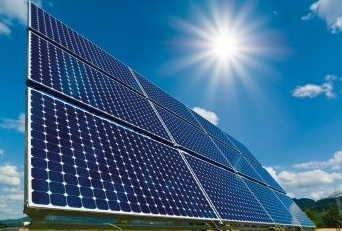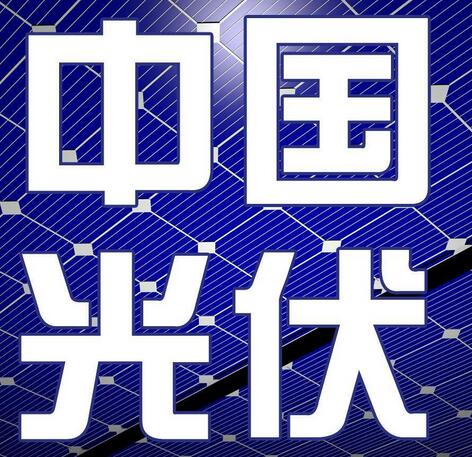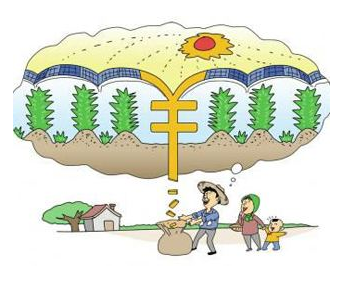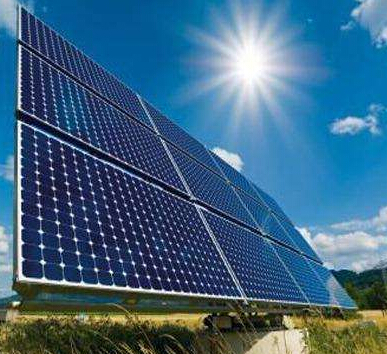National Energy Administration: subsidies before 2022
On November 2nd, the National Energy Administration convened energy authorities in more than a dozen provinces, the Energy Research Institute of the National Development and Reform Commission, the Electric Power Planning and Design Institute, the Hydropower and Water Resources Planning and Design Institute and other industry associations such as the China Photovoltaic Industry Association and the power grid. The company and representatives of more than a dozen PV companies held a symposium on the mid-term evaluation results of the 13th Five-Year Plan for Solar Energy Development.
Relevant leaders of the National Energy Administration clearly stated their position at the meeting and will continue to support the vigorous development of photovoltaics, one of the key types of clean energy supported by the state. Before 2022, subsidies will be gradually subsidized, and the process of parity online will not be promoted across the board. Before actually entering the comprehensive “de-subsidy”, the National Energy Administration will still guarantee a certain amount of subsidy installed capacity each year and promote further decline in subsidy intensity.
Policy intensive release period is coming
At the meeting, the relevant supervisors also approved the idea of separately managing the distributed photovoltaic and industrial and commercial distribution of households. It also revealed that in the next month or more, the National Energy Administration will focus on accelerating the introduction of PV-related policies in 2019, which will stabilize the market. Development provides protection.
Subsequently, on November 7, the National Energy Administration reissued the "Notice on Reporting Matters Related to the PV Poverty Alleviation Project" and the "Notice on Sorting out the Information on Wind Power and Photovoltaic Power Generation Projects since the 12th Five-Year Plan" (Note: It was issued once on October 10th to urge the governments of various provinces and cities (districts) to pay close attention to the application information of PV poverty alleviation projects, to “find the bottom” of the existing PV projects in the region, and to preheat more PV policies.
According to the statistics of "Zhihui Photovoltaic" Wang Shujuan in the article "Before the end of the year, it is expected that these seven important policies will be issued", the third batch of runners will be awarded the index and the fourth batch of front runners before the end of the year, "13th Five-Year The second batch of photovoltaic poverty alleviation, renewable energy quota system, "parity online" demonstration base, 2018 photovoltaic power plant construction indicators, distributed photovoltaic power generation project management measures and 2019 photovoltaic power price policy and other PV-related policies were released.
Market analysts believe that if all these policies are introduced, the situation of the entire industry will become more clear, and the current "good fortune" in the market will be fully realized.
How many national compensation indicators are there?
In fact, long before the National Energy Administration held a special symposium on photovoltaic power generation, senior PV person Zhang Weihong had made accurate pre-judgment. In 2019, the PV market would not completely “subsidize”, and the whole market would be “desperate”.
Zhang Weihong expects that the distributed index will reach 10GW in 2019, there is no indicator for the ground power station, and the parity online project is not subject to the index. Household distribution and industrial and commercial distributed implementation are managed separately, 5GW for household use, and 5GW for industrial and commercial use to meet projects in 2018 and 2019.
At the same time, according to the “Resumption” of the participants of the special meeting of the National Energy Administration on November 2, the General Electric Power Planning and Design Institute proposed to increase the PV installation industry target at the end of the “13th Five-Year Plan” from 105GW to 210- 230GW, that is, the annual increase in the market is about 20-30GW.

With technological innovation, photovoltaic power generation, which has achieved a 90% reduction in power generation costs over the past 10 years, will also be on par with wind power, accelerating technological innovation through competitive bidding, and thus achieving affordable Internet access and competing with traditional power sources such as coal and nuclear power. Competitive advantages.
On November 9, Wang Sicheng, former researcher of the Energy Research Institute of the National Development and Reform Commission, said in the "2018 China Solar System and Photovoltaic Power Generation Seminar", "China PV Policy Review, Market Status Analysis and Prospects" In the past 10 years, PV modules, PV systems and PV on-grid tariffs have fallen by more than 90% on average. He believes that the removal of the photovoltaic industry is not enough, the grid access is difficult, the financing is difficult, the land is unreasonable, and the “three big mountains” are abandoned. The development of the cheap PV market is the key to ensuring the healthy development of China's PV industry.
Photovoltaic power generation has been in the bidding mode for a long time. It is understood that at the end of September 2015, the National Energy Administration issued the "Notice on Increasing the Scale of Photovoltaic Power Plant Construction in Some Areas in 2015" (hereinafter referred to as the "Notice"). In the "Notice", 200,000 kilowatts of the 700,000 kilowatts of electricity generated by Inner Mongolia was used for the "competitive price reduction project" in Hohhot, which is considered to be a signal for bidding on the grid.
In the same year, the “Opinions on Promoting the Application and Industrial Upgrading of Advanced Photovoltaic Technology Products” was issued, and the “Leader” program officially launched by the National Energy Administration is the way to reduce electricity prices through competition. In the first half of 2016, the National Energy Administration issued Document No. 1163 (“Guiding Opinions on Improving the Scale Management of Photovoltaic Power Generation and Implementing Competitive Mode Configuration Projects”), which further refined the relevant rules for bidding online.
So far, the National Energy Administration has issued three batches of “leaders” plans to accelerate the technological innovation and improve the quality of products and power generation efficiency in the photovoltaic industry through market-based means. It is understood that in the bidding for the leader project in 2018, Qinghai Delingha, Golmud and other bases reported a price that is close to or lower than the local Internet benchmark price.
Zhang Weihong pointed out that the bidding online mode will reduce the non-technical cost of photovoltaic power generation. By encouraging technological innovation and attracting the participation of high-quality enterprises, it will promote the cost reduction and efficiency improvement of all links, which is a necessary means to promote parity online. In the industrial and commercial field, which is the easiest to achieve parity online access, bidding on the Internet will help to activate the industrial and commercial market with great potential, and on the other hand, accelerate the process of distributed affordable Internet access.
Officially “weaned” in 2020?
Despite the recent meeting of the State Council to hold a meeting to address the problems of defaulting on private enterprise accounts, financing difficulties, and expensive financing, it still takes some time for the policy to be transmitted to the market. At present, the National Renewable Energy Subsidy Catalogue is issued to the seventh batch, and the PV projects connected to the grid before the end of March 2016 will receive state subsidies.
The data shows that the current gap in renewable energy subsidies in China has expanded to 110 billion yuan.
Zhang Weihong said that although the state's attitude toward supporting PV development has not changed, the Ministry of Finance has its pressure. Therefore, subsidized PV projects are likely to continue until 2020, and there may be no subsidies after that.
















 RCCN WeChat QrCode
RCCN WeChat QrCode Mobile WebSite
Mobile WebSite







